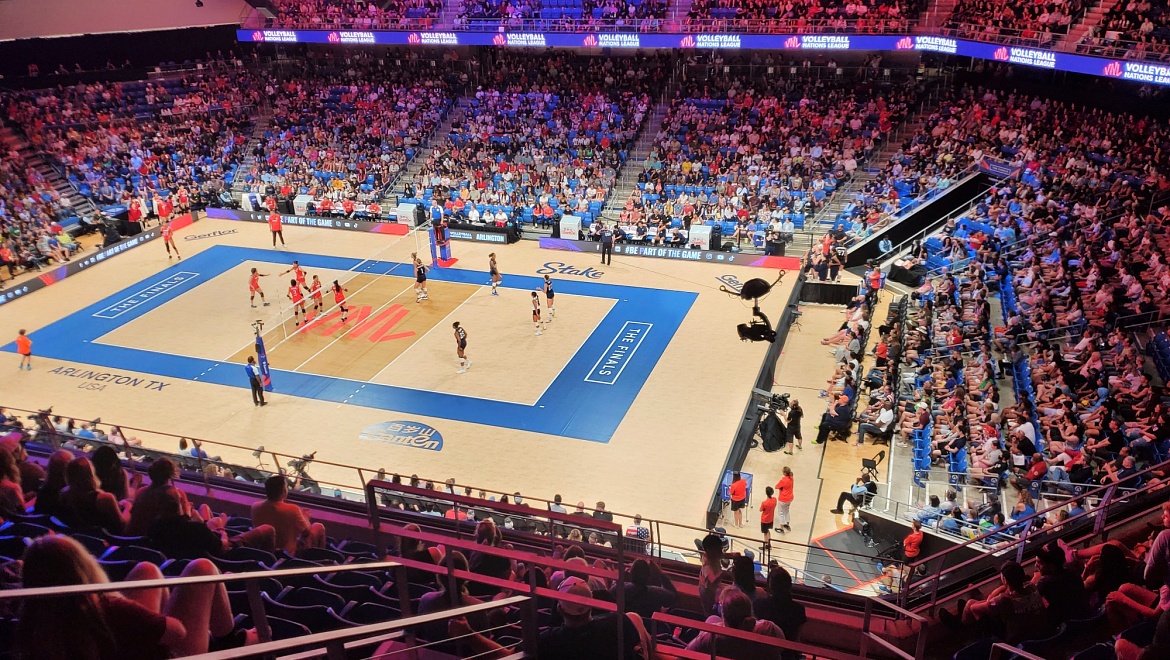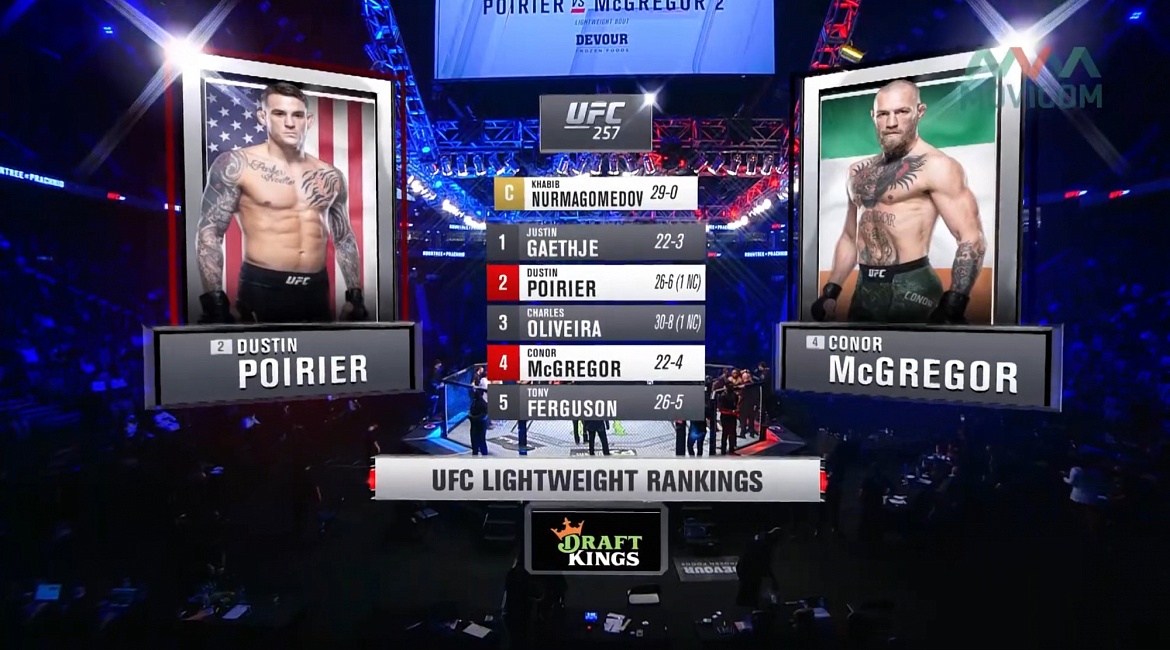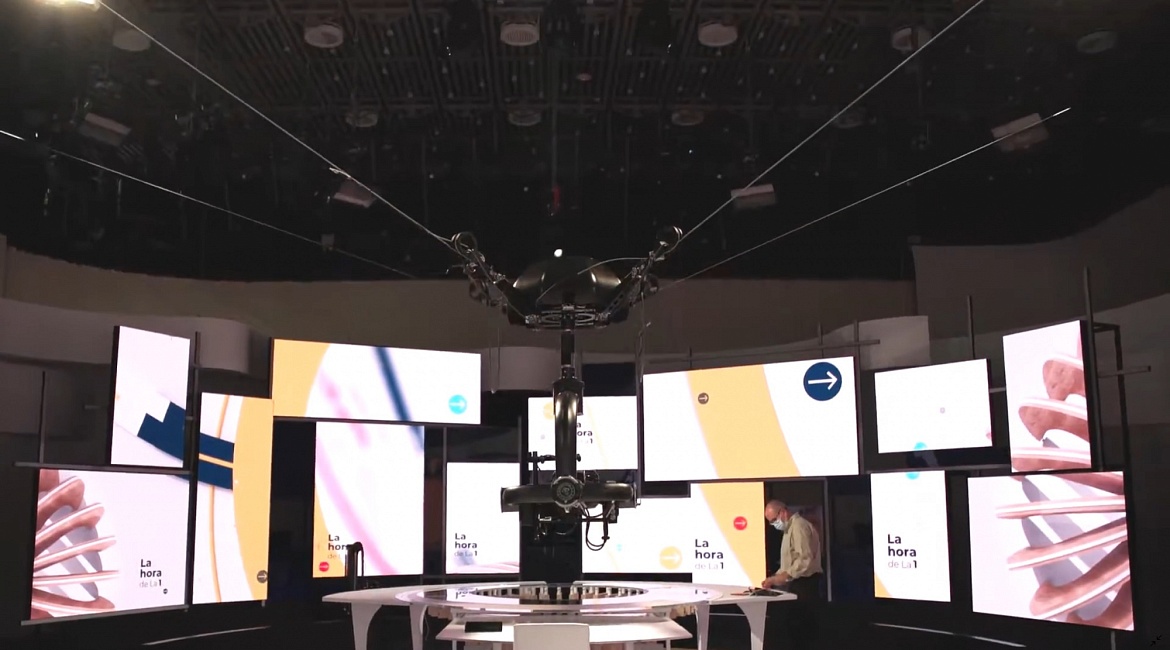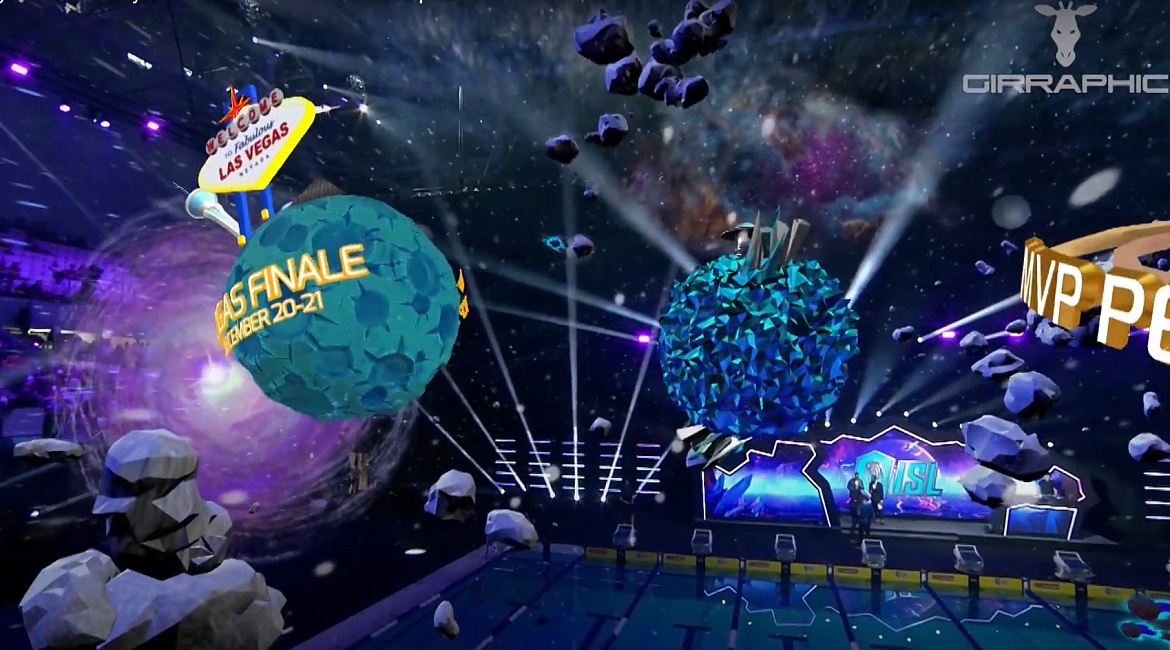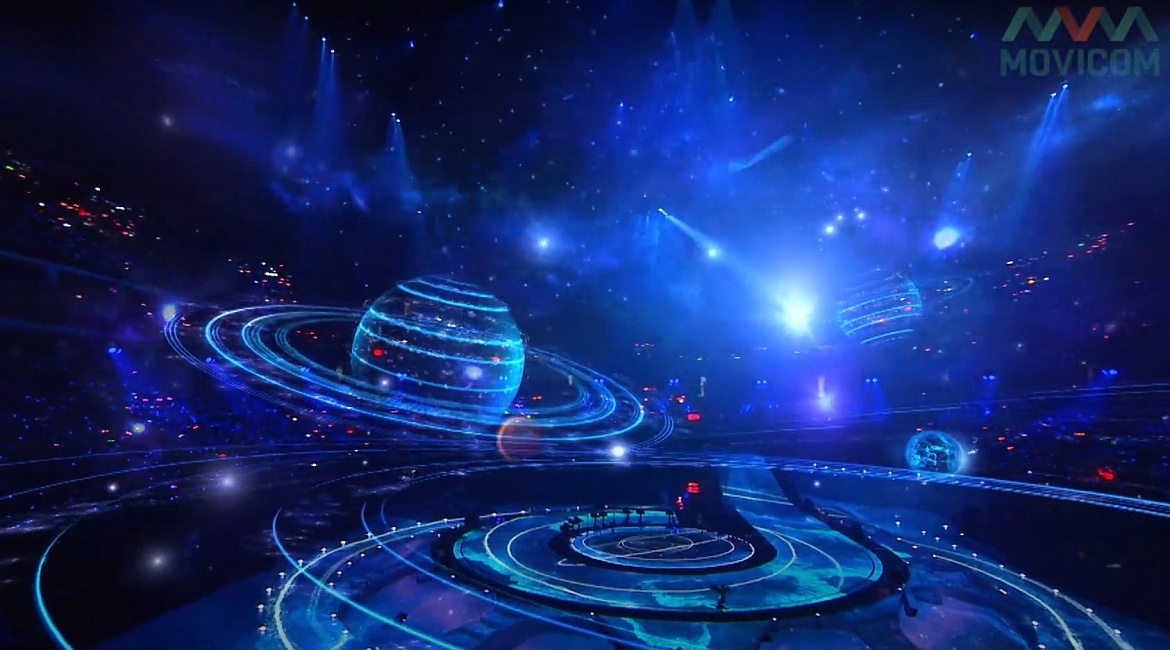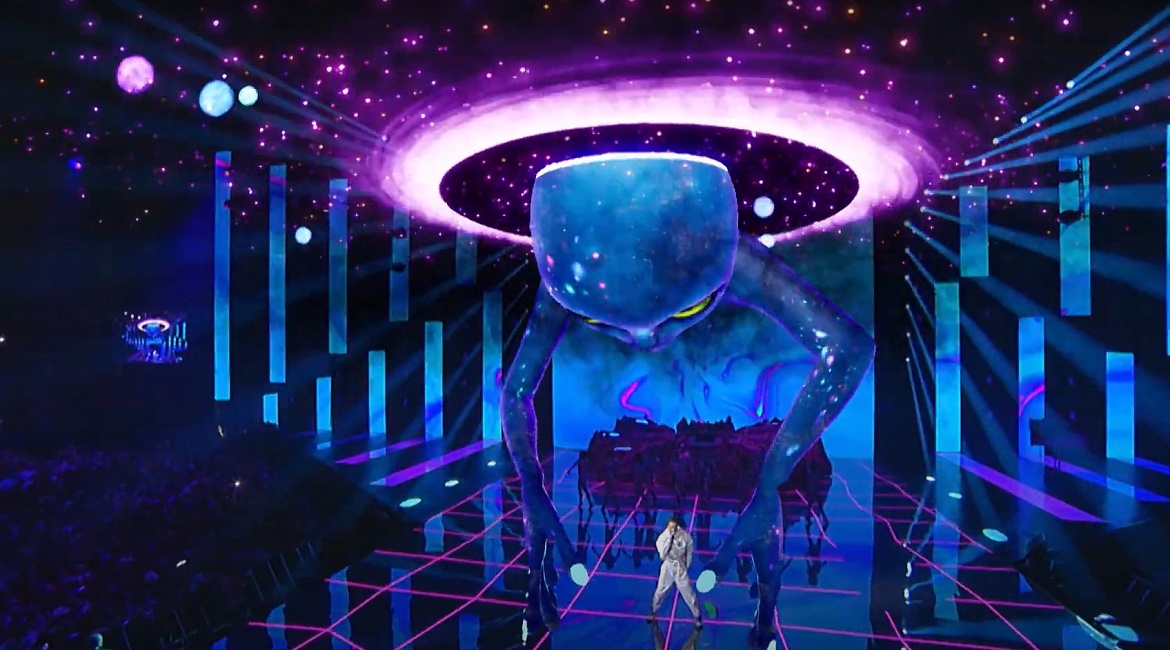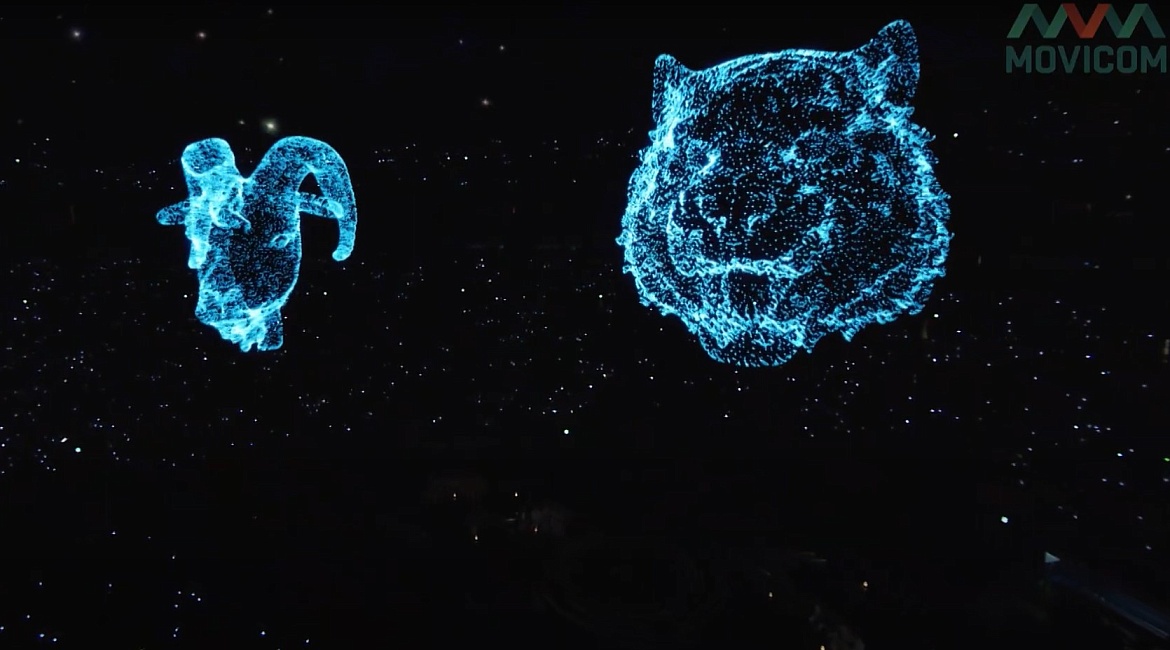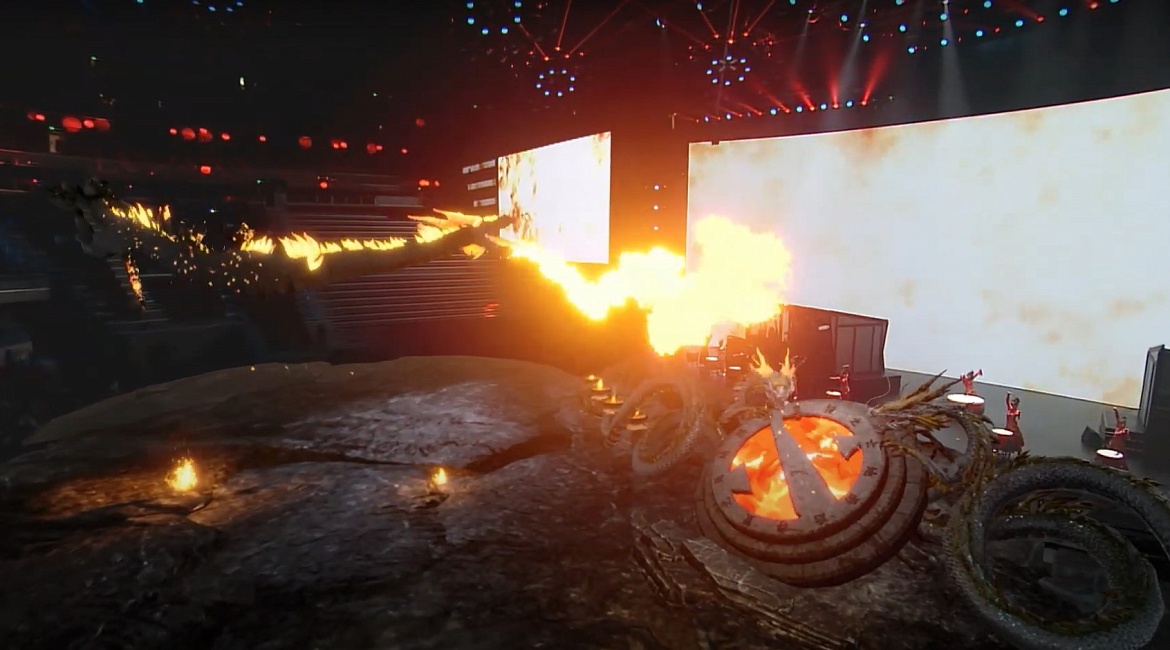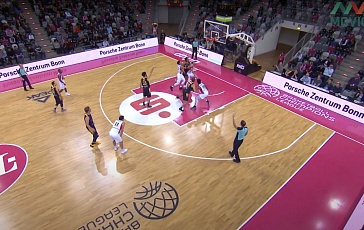Our cable camera system is designed and built from the ground up using our exclusive mechatronic and robotic technology. We design and build our own gyrostabilized camera head, with leading-edge motion and positional sensors, then combine it with our own smart robotic winches and advanced computational algorithms to deliver unequaled control and precision for movement in three-dimensional space. The head has endless 360° pan and active roll with auto horizon.
The Robycam system is modular and can be installed in either 3D (4 point) or 2D (2 point) modes to accommodate a wide variety of venues and installation locations. Video and data are fed via fiber-optic cable, ensuring that there is no signal loss due to radio interference in any environment - so 100% reliability for live event production.
We integrate our Compass AR Tracking technology into the system which allows for easy incorporation of virtual objects and augmented reality broadcast graphics into the video feed for live production - no other hardware or software required! That’s the Movicom difference.
The Robycam Arena is a smaller version of our leading-edge Robycam Stadium system. It's designed for smaller venues like basketball arenas, hockey rinks, and larger studios where space is a premium and one might not normally consider using a suspended cable-camera system. What makes the Arena system unique is the size of the winches and head. The winches are compact yet can provide enough force to achieve a tight drop angle of just 4.5 degrees. Thanks to its smaller size the system is lighter to transport and faster to setup too.
The like its bigger brother the Robycam Arena is a modular system that can be installed in 3D (4 point) or 2D (2 point) modes to accommodate a wide variety of venues and installation locations. Video and data are fed via fiber-optic cable, ensuring that there is no signal loss due to radio interference in any environment.
The gyrostabilized head reduces size but does not sacrifice features, allowing our Compass AR Technology to be fully integrated into the system. Our Compass AR Tracking technology easily integrates virtual objects and augmented reality broadcast graphics into the video feed for live production because the system is fully digital. That’s the Movicom difference.
Compass AR Tracking technology integrates motion and positional sensors in our gyrostabilized heads with lens and camera data to provide a real-time data feed to any industry standard graphics server.
This allows virtual objects and augmented reality broadcast graphics to be added into the video feed for live production and on-the-fly compositing for narrative and pre-visualization applications.
Bringing AR to your broadcast production has never been easier!
The Earcam is broadcast quality, fully paintable, wireless 1080pm camera solution that can be worn by officials, players, fans and commentators - anywhere on or near the field of play.
Designed to be 'forgotten' by the wearer, the system features professional parts and a robust RF system to allow full mobility and movement to anyone wearing it. It's been tried by players during warm-ups, by game officials during the game and by fans on the sidelines, and it's the perfect way to get a peak at the game from the point of view of those on the field.
Our polecam production service is a 'turn-key' solution: we provide the polecam, the camera, the fiber connectivity, the operator. All you have to do is make the call and you get a fully functional ultra portable jib anywhere you choose.
Different cameras are ready for different broadcast needs; there are super slow motion cameras like Antelope Picos, there are HDR cameras like the Dreamchip Atom SSM500, even digital cinema cameras can be used.
Environmental Sustainability Policy
Movicom – Robotic Camera Systems
Our Commitment
Movicom is committed to reducing the environmental impact of our robotic camera manufacturing operations. We embed sustainability into product design, production, packaging, and lifecycle management to help shape a greener broadcast technology industry.Key Focus Areas
- Reduce water use in production
- Align with RoHS, WEEE, REACH, and ISO 14001
- Set measurable goals for emissions, waste, and energy use
- Publish annual sustainability performance reports
- Conduct annual policy reviews and updates
- Reduce water use in production
- Monitor discharge for environmental compliance
- Partner with environmentally responsible suppliers
- Include sustainability in procurement decisions
- Recycle e-waste and offer take-back programs
- Refurbish returned units
- Use recyclable or biodegradable packaging
- Lower shipping-related emissions
- Offer virtual servicing to reduce travel
- Promote local production where feasible
- Opmize facility energy use
- Use renewable energy where possible
- Implement lean manufacturing processes
- Design energy-efficient, modular robotic camera systems
- Reduce use of hazardous materials
- Enable easy disassembly and recycling
To lead the broadcast technology industry in developing high-performance robotic camera systems with minimal environmental impact — proving that cung-edge technology and environmental responsibility go hand-in-hand.



